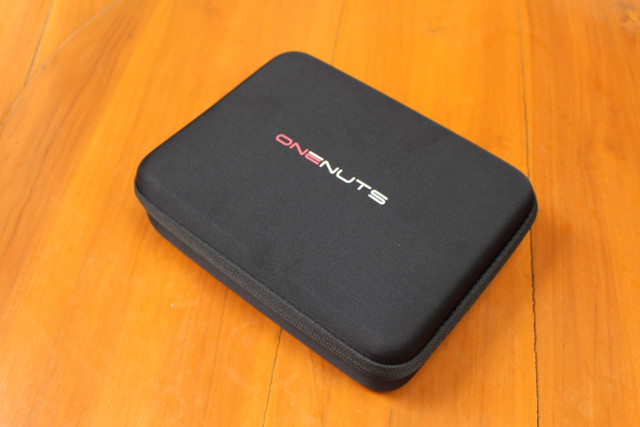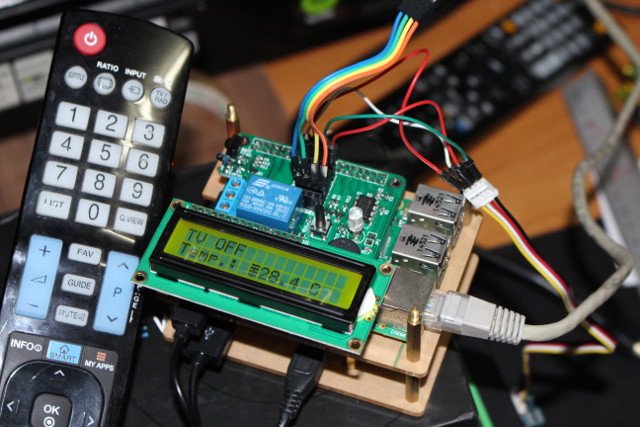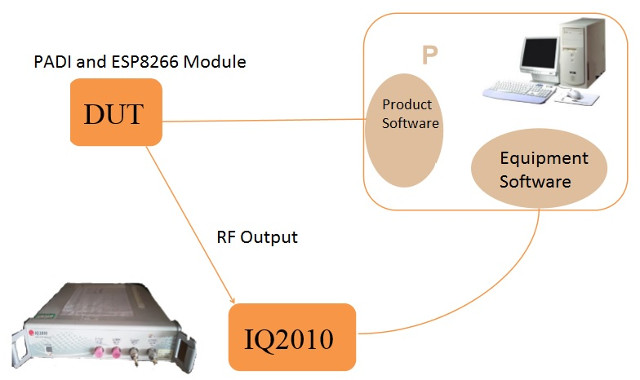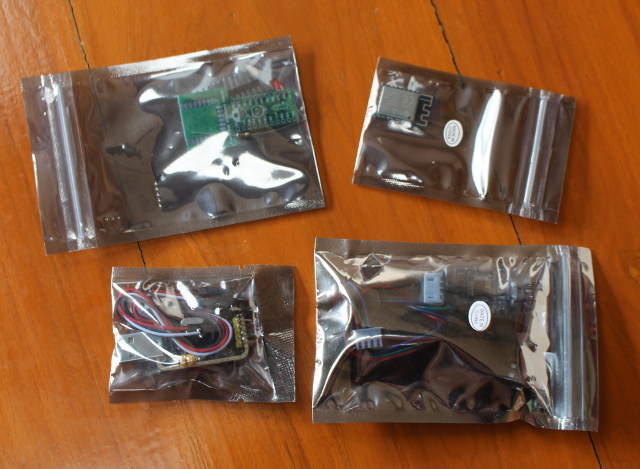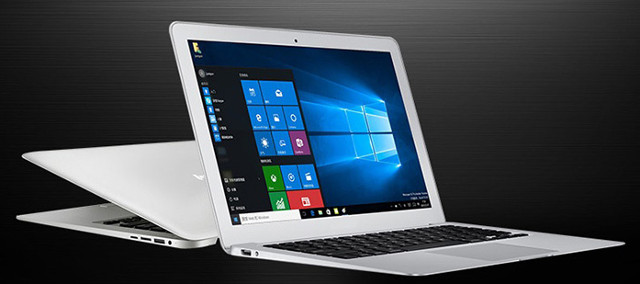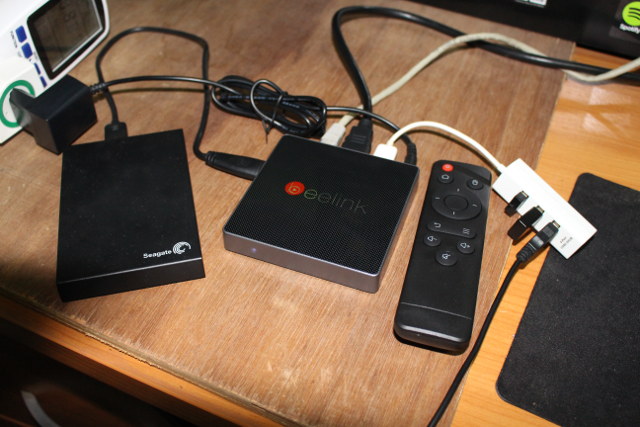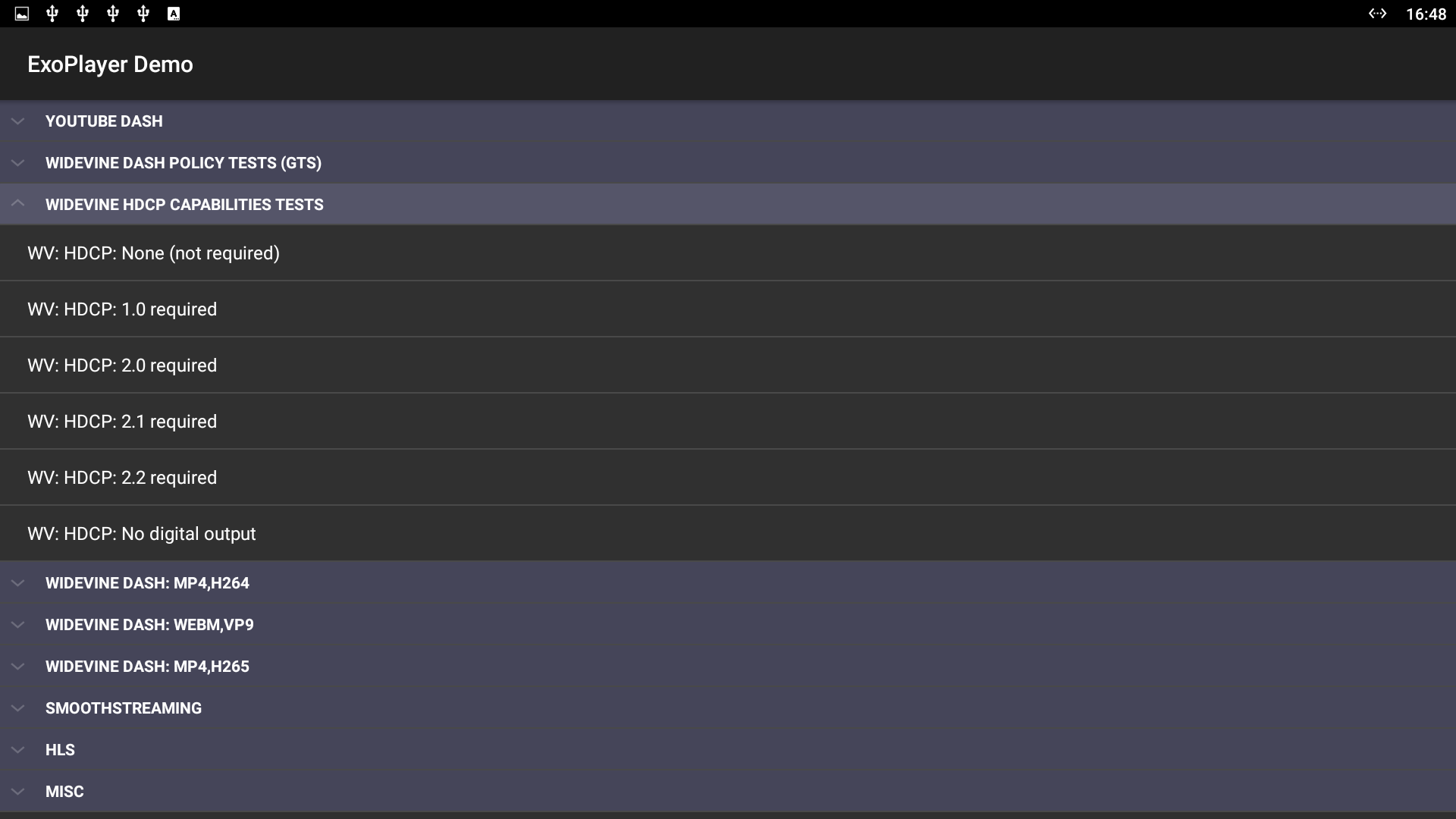Sonoff TH16 is a WiFi 16A relay that can take external sensors via a 2.5mm jack, while Sonoff Pow is a WiFi relay capable of measuring power consumption. Both have been designed by ITEAD Studio, and feature Espressif ESP8266 WiSoC. The company sent me both items for review, and I’ll start by checking out the hardware a little more closely than what is possible during the product announcement. I received Sonoff TH16 together with Sonoff AM2301 temperature and humidity sensor, which I’ll use to use to control an outdoor water pump and gather temperature and humidity data, as well as two Sonoff POW relays,which I plan to use to measure power consumption in my office, both from the power outlets and my aircon. All three WiFi relays support 3500 Watts, and 85 to 250V input. The packages have three QR codes for eWeLink iOS app, the Android app (coolkit.apk), and […]
ONENUTS Nut 1 TV Box Specifications, Unbagging and Teardown
I first discovered Shenzhen Tomato’s ONENUTS brand through ONENUTS T1 3-in-1 projector, tablet, and mini PC, but the company has now launched a new product with ONENUTS Nut 1 Android TV box powered by Amlogic S912 processor, and the usual 2GB RAM and 16GB storage, but the product stands out a little thanks to its presentation as we’ll see below. ONENUTS Nut 1 Specifications The technical specifications are pretty much standard: SoC – Amlogic S912 octa-core ARM Cortex A53 processor @ up to 1.5 GHz with ARM Mali-820MP3 @ up to 750MHz System Memory – 2GB DDR3 Storage – 16GB eMMC flash + micro SD slot up to 32GB Video Output – HDMI 2.0a up to 4K @ 60Hz with CEC and HDR support, and AV port (composite) Audio Output – HDMI, AV (stereo audio), and optical S/PDIF Connectivity – Gigabit Ethernet, dual band WiFi 802.11 b/g/n/ac, Bluetooth 4.0 USB […]
Getting Started with RabbitMax Flex IoT and Automation Hat for Raspberry Pi
At the beginning of the month I showed how to assemble RabbitMax Flex, a Raspberry Pi HAT compliant add-on board for Raspberry Pi boards with 40-pin header, that targets IoT and home automation project with its relay, IR transmitter and receiver, I2C headers for sensors, buzzer, RGB LED, and more. Since I’ve already described the hardware, I’ve spend some time this week-end following the user’s guide to play around with the board using a Raspberry Pi 2 board, and try various features. The user’s manual explains that you need the latest version of Raspbian, but I’d not played with my Raspberry Pi 2 board for a while, so the kernel and firmware were quite old:
|
1 2 3 4 5 6 |
uname -a Linux raspberrypi 4.1.7-v7+ #817 SMP PREEMPT Sat Sep 19 15:32:00 BST 2015 armv7l GNU/Linux pi@raspberrypi ~ $ /opt/vc/bin/vcgencmd version Sep 23 2015 12:12:01 Copyright (c) 2012 Broadcom version c156d00b148c30a3ba28ec376c9c01e95a77d6d5 (clean) (release) |
So the first thing I had to do was to upgrade Raspbian. There are basically two options to upgrade, either downloading and dumping the latest Raspbian firmware image to your micro SD card, and […]
Realtek RTL8710AF (PADI IoT Stamp) vs Espressif ESP8266 (ESP-07) WiFi RF Performance Comparison
After I posted about PADI IoT Stamp IoT kit based on RTL8710AF ARM Cortex M3 WiSoC yesterday, I was soon asked whether I could compare the RF performance against ESP8266 modules like ESP-12. I don’t have any equipment to do this kind of test, except for some simple test like testing range with WiFi Analyzer app, but I remember Pine64 told me they had some comparison data a little while, and accepted to share their results. The test setup is comprised of Litepint IQ2010 multi-communication connectivity test system and PC software, as well as the device under test (DUT) with PADI IoT Stamp (version with u.FL antenna connector) and ESP-07 ESP8266 module as a u.FL connector is required to connect the test system. They’ve tested 802.11b, 802.11g, and 802.11n, but for IoT projects 802.11b is the most important as usually long range is more important than data rate. Test results […]
Pine64 PADI IoT Stamp WiFi IoT Kit Review – Part 1: Hardware, Debuggers, and Soldering
Back in September, Pine64 unveiled their $2 PADI IoT Stamp based on Realtek RTL8710 ARM Cortex M3 WiFi SoC aiming to compete with Expressif ESP8266 solutions. The company has now sent me their complete kit for review, which beside the module itself includes a breakout board kit, and some hardware debug tools. In the first part of the review, I’ll check out the hardware, and solder the kit. I received a package with four antistatic bags. From top left to bottom right, we have PADI IoT Stamp, JLINK-OB debugger based on an STM32 MCU with some jumper wires (aka Dupont cables) for SWD signals, and a USB cable to your computer in order to flash the firmware or do some bare metal programming, a breakout board kit including two headers, a RED LED, and a resistor, and finally a USB to Serial board based on CH340G with 4 jumper wires […]
Jumper Ezbook 2 Cherry Trail Laptop with 14″ Full HD Display, 4GB RAM, 64 GB Storage Sells for $190 (Promo)
I’ve just received a newsletter from GearBest entitled “Shop Like a BOSS | Sub-$200 Ultrabooks, Gaming Gear + More” and showing “Jumper Ezbook 2 Ultrabook” laptop powered by an Intel Atom X5-Z8300 quad core processor with 4GB RAM, 64GB storage, and a 14″ 1920×1080 display selling for $189.89 if you click on a customized link (working once) in the newsletter. If you are not subscribed to the newsletter you can still get it for about $195 including shipping on GearBest or GeekBuying, which still seems like a decent deal for the features. Jumper Ezbook 2 specifications: SoC – Intel Atom x5-Z8300 quad core Cherry Trail processor @ 1.44 GHz with Intel HD graphics (2W SDP) System memory – 4GB DDR3L Storage – 64 GB eMMC flash + micro SD card slot up to 128 GB Display – 14″ LED display with 1920×1080 resolution QWERTY keyboard with touchpad Video Output – […]
Beelink GT1 TV Box Review – Part 2: Android Marshmallow Firmware
I’ve previously reviewed other Amlogic S912 TV boxes such as M12N MXQ Plus or Qintaix Q912, but Beelink GT1 has the advantage of being quite cheaper at $56 and up, but still come with many of the same features as more expensive devices. I’ve already posted pictures, and checked out the hardware design in the first part of Beelink GT1 review, so in the second part I’ll report my experience with Android, including video and audio capabilities, hardware features testing, and some benchmarks. First Boot, OTA Firmware Update, Settings, and First Impressions The device comes with two USB ports only, so I connected a USB hard drive to one of the port, and a USB hub to the other with the RF dongles for MINIX NEO A2 Lite air mouse and Tronsmart Mars G01 gamepad, as well as a USB keyboard to take screenshots. I completed the setup by adding […]
Test Widevine & PlayReady DRM, HDCP 1.x/2.x, 4K VP9 and H.265 in Android with Exoplayer App
I first heard about ExoPlayer in an Android TV Overview presentation at Linaro Connect 2014, but I never really looked into it. The source code is available on Github, and I’ve been given ExoPlayer.apk [Update April 2020: Exoplayer binary is now available on Apkpure] as it can be used to test UHD H265 support, HDCP 1.x, HDCP 2.x compatibility, PlayReady & Widevine DRM using different format and so on. So I installed it on Beelink GT1 Android TV box which I’m currently reviewing, and only include basic Widewine Level 3 DRM, and certainly does not support HDCP features. There are 9 sections in the app to test various videos and DRM schemes: YouTube Dash Widevine Dash Policy Tests (GTS) – Widewine with or without HDCP, with or without secure video path Widevine HDCP Capabilities Tests – NoHDCP, HDCP 1.0, HDCP 1.1, HDCP 2.0, HDCP 2.1, HDCP 2.2, and HDCP no […]



